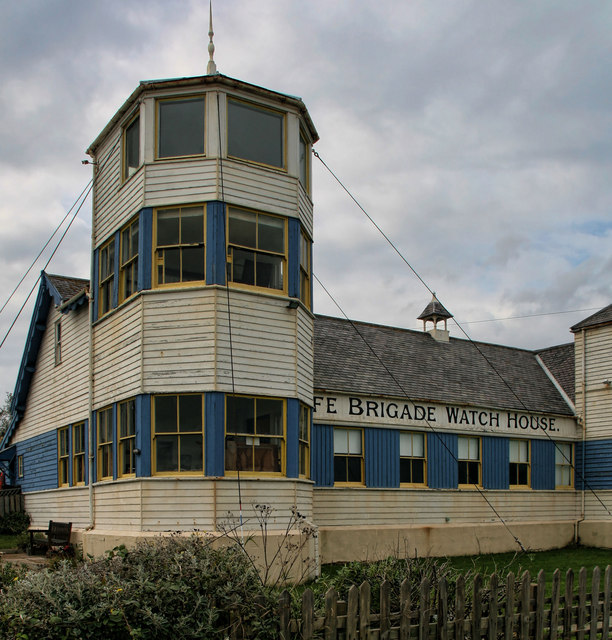Topics > Tyne and Wear > North Tyneside > Tynemouth > Black Middens Rocks
Black Middens Rocks
The Black Middens is the name given to a reef at the mouth of the River Tyne in North East England, noted for the danger it poses to shipping.
Shipping hazard
The Black Middens is a rock formation at the mouth of the River Tyne, particularly dangerous as it is mostly below the water at high tide when shifting sand bars form around it. Many ships have been blown on to the Black Middens and wrecked – five ships during three days of storms in 1864, whose wrecks resulted in 34 deaths within close sight of the shore. In order to mitigate such disasters, the Lights of North Shields were constructed in 1536 on the orders of Henry VIII, to guide mariners into the river. The first Volunteer Life Brigade was formed in Tynemouth in 1864, to rescue sailors who navigated into danger despite the lights.
Name
"Midden" is a Scandinavian word, common in a number of north-east English dialects, used to describe a heap or dump of domestic waste; local legend has it that the devil threw the Black Middens into the Tyne to spoil the rich trade in coal shipped from Newcastle.
History
A fishery was long based here, extending from the Black Middens to Howdon Head. In the 15th century, the Prior of Tynemouth had three fishing weirs; large isolated rocks nearby are known as the Prior's Rocks or Stones. In the 17th century, it was known as Robert Ramsey's fishery. In the 18th century, nets were used and hundreds of salmon were caught.
Visit the page: Black Middens for references and further details. You can contribute to this article on Wikipedia.

from http://twsitelines.info/SMR/1…
Tyne and Wear HER(12972): Tynemouth, Black Middens, Stanley
- "On 24 November 1864 the passenger steamer Stanley, sailing from London to Aberdeen, sank having hit Black Middens rocks in a violent storm The local lifeboat (Constance) could not reach …
Added by
Simon Cotterill

Co-Curate Page
Tynemouth Volunteer Life Brigade
- In November 1864 five ships were wrecked on Black Middens rocks during 3 days of storms, adding to the many lives lost over the years because of the treacherous rocks. …


from http://twsitelines.info/SMR/1…
Tyne and Wear HER(12972): Tynemouth, Black Middens, Stanley
- "On 24 November 1864 the passenger steamer Stanley, sailing from London to Aberdeen, sank having hit Black Middens rocks in a violent storm The local lifeboat (Constance) could not reach …
Added by
Simon Cotterill


















